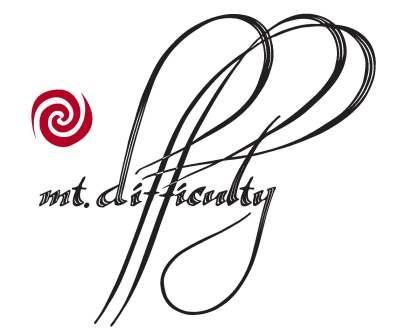The Mt Difficulty winery was designed as a low energy input winery. The entire winery is housed in insulated buildings, and the barrel hall is sunk below ground level to enable even more stable and lower energy inputs. Any tanks which are housed outside are also insulated. Mt Difficulty’s policy has always been to build in energy efficiency for the long term and to seek out innovative technology to keep ahead of current practice.
Mt Difficulty’s new barrel hall was completed in April 2012. A low energy ultrasonic humidification system was installed, combined with an external air heat reclaim system to allow the utilisation of ambient heating and cooling wherever possible. The generally recognised 'gold standard' for humidification has been by steam generation; this technologically advanced system uses about 1% of the energy needed for the equivalent steam system.
The semi-extensive green roof is actually also a warm roof, having R4 insulation underneath the growing medium to keep all of the heat in, and the heat of the day out. The green roof also helps to reduce storm water runoff and is a disposal area for the winery wastewater treatment plant.
Mt Difficulty decided against the cheap and simple solution of using LPG for tank heating and hot water supply. At a much greater capital cost a wood-chip fired boiler was installed. This utilises waste from local sawmills; a renewable, non-fossil, local and otherwise wasted resource. A bonus has been that the hot wash-down water this system supplies has enabled the winery staff to do much more cleaning with water only and has slashed the use of cleaning chemicals.
Mt Difficulty has also exceeded current requirements with the wastewater and installed a tertiary treatment system which combines winery and septic streams into a Membrane Bioreactor to produce clear sterile water that can be passed directly into the irrigation system.
Mt Difficulty’s plans for the future include using parts of the existing irrigation infrastructure to run a micro-hydro generator so that the company can become a nett producer of electricity.

Are you of legal drinking age in your country of residence?



